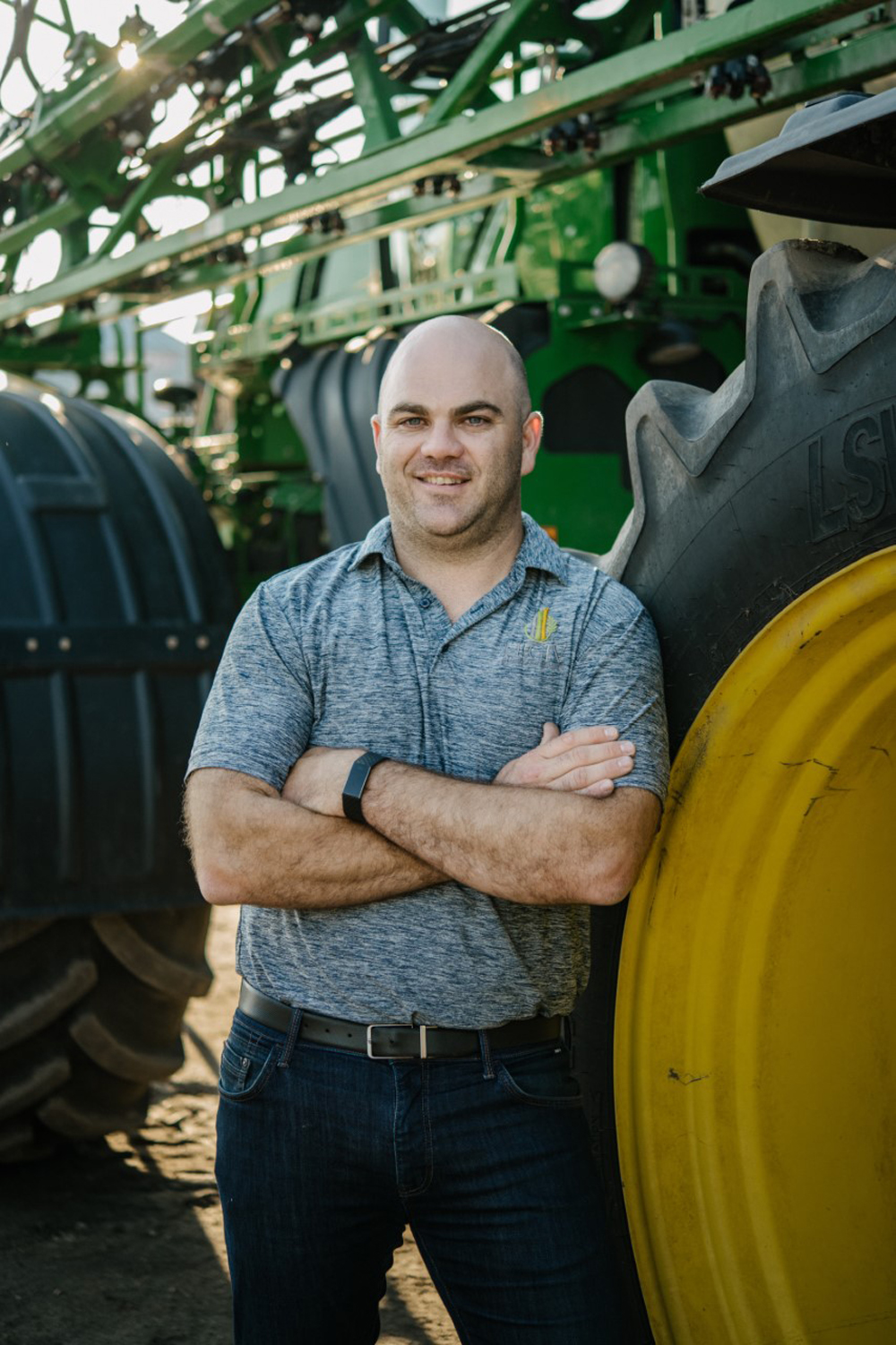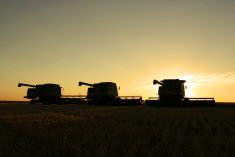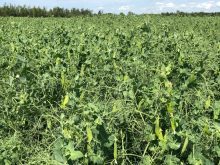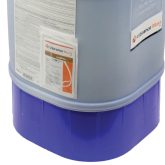Every year, farmers play a high-stakes game against Mother Nature and all of the other in-season perils, betting their fields will yield a bounty of profitable crops come harvest. It’s risky, of course, which is why crop insurance is such a vital aspect of risk management for many western Canadian producers.
But is crop insurance doing enough to protect Prairie farmers, especially in these highly volatile times of economic turmoil, interest rate escalation and punishing price increases for farm inputs, fuel and machinery? Perhaps not.
Just ask Saskatchewan farmer Kristjan Hebert. According to him, many producers in Western Canada aren’t getting the protection they need — and he says he believes much of that has to do with how farmers themselves think about insurance.
Read Also

Health hazards are often overlooked risks on the farm
While quite different from the dangers posed by farm machinery, hazards such as loud noise or sun exposure require the same proactive attention, the Canadian Agricultural Safety Association says.
I interviewed Hebert recently after watching him participate in a farm insurance discussion at the 2022 Agriculture Enlightened conference, an annual digital agriculture conference hosted by the Enterprise Machine Intelligence and Learning Initiative. Hebert knows a thing or two about agricultural insurance — in addition to helping run Hebert Grain Ventures, a 33,000-acre grain and oilseed operation in southeast Saskatchewan, he co-founded Maverick Ag, which specializes in risk management strategies for farmers. He is also executive chairperson of Global Ag Risk Solutions, a private ag insurance company.
Hebert says when farmers sit down with an insurance adviser, typically they want to talk about how much money they’re willing to spend on premiums. But he says he believes they’d be much better off thinking about how much money they’re prepared to lose.
“I think a lot of farmers get hung up on ‘I only want to spend $7 an acre on risk management products,’” he says. “But my belief is you should say, ‘Here’s how much money I’m willing to lose if this year is the worst year I’ve ever had,’ and then insure to that number.” Hebert says this would provide producers with a secure safety net, which would allow them to move forward more freely on building their farm operations.
Hebert likes to use a baseball analogy to make his point. “I think batting averages would be way higher if strikeouts were taken out of the game,” he says. “(If) you can’t strike out anymore, then you’ll try a lot more aggressively for doubles, triples and home runs.”
For producers, Hebert says, a strikeout could mean significant losses that eat into funds required to farm the following year, or an even worse scenario. “You have to phone Ritchie Brothers to arrange a farm sale because you can’t afford to service your debt.”
Hebert says the risk of striking out for farmers these days is higher than he has ever seen, and a lot of that has to do with volatility and surges in the cost of production. He estimates the average cost per acre to grow a crop in Western Canada has risen by at least 33 to 40 per cent over the past two years, and in some cases it’s quite a bit higher.
“Because of the volatility currently in the pricing of everything, there are large swings in revenue and expenses. They’ve always been there in agriculture, but they haven’t been this volatile,” says Hebert.
Mitigating risk
Hebert is a big believer in mitigating enough risk to ensure farmers can move forward as fast and as safely as they can without fear of losing their farms. He says the best way to do this is to ensure even in the worst crop year, “you have enough money to buy groceries for your family. Then from there, you could decide how much of your own equity you’re willing to risk.”
Hebert says for producers aiming to minimize risk, it’s essential to have a clear picture of what their true cost of production is every year and whether they have enough crop insurance to cover it. “That lets you know how much money you can lose,” he says. From there, farmers can decide whether to spend more money on additional products if there are gaps in insurance coverage.
Hebert says this kind of insurance protection enables producers to swing more freely at the proverbial plate. You might spend a bit more on inputs or maybe market your grain a little more aggressively because you’re feeling more confident, he says, adding it’s these types of things that allow producers to have better years.
As an example, Hebert cites fertilizer prices. “A lot of growers set a fertilizer budget, let’s call it $100 or $150 an acre, and that’s all they’re willing to spend,” he explains. But if fertilizer costs double, only half of the fertilizer is put down, substantially reducing potential yields and resulting revenue for the farm.
“This has a lot of opportunity costs,” says Hebert. He stresses if risk is properly managed, farmers are more likely to strive to achieve optimized yields for every acre, even if input costs are higher.
Hebert says he believes Canadian ag insurance companies also need to step up to the plate by providing more innovative risk-reduction solutions to help farmers succeed. One example is the multi-peril production cost insurance offered by Global Ag Risk Solutions. This product can be tailored to individual farms and will cover costs for three major inputs (seed, fertilizer and chemicals), plus a gross margin above those costs if producers choose this option. As Herbert points out, private ag insurers now offer an assortment of parametric products, which protect farmers from specific perils like hailstorms, drought or excessive heat or rainfall, in response to growing demand from farmers for these kinds of solutions.
When Hebert consults with his insurance clients, he asks, “What’s keeping you up at night? What’s causing you so much stress that you don’t get good sleep? Is it the high cost of fertilizer? Is it that you’re going to have to use up too much equity if you have a bad year? Is it your succession plan?
“Once we can get all of that on the table, then we can start designing and building products that really work for the producer … to feel comfortable. That’s when he or she is going to do the best job within their operation.”
Helping farmers do the best job they can is certainly an admirable goal. If ag insurance companies can help farmers achieve this, by providing products that enable producers to worry less about striking out and instead aim for the fences for that home run ball, then this is in everybody’s best interests. I say, let’s play ball!
Take care,
Mark
















